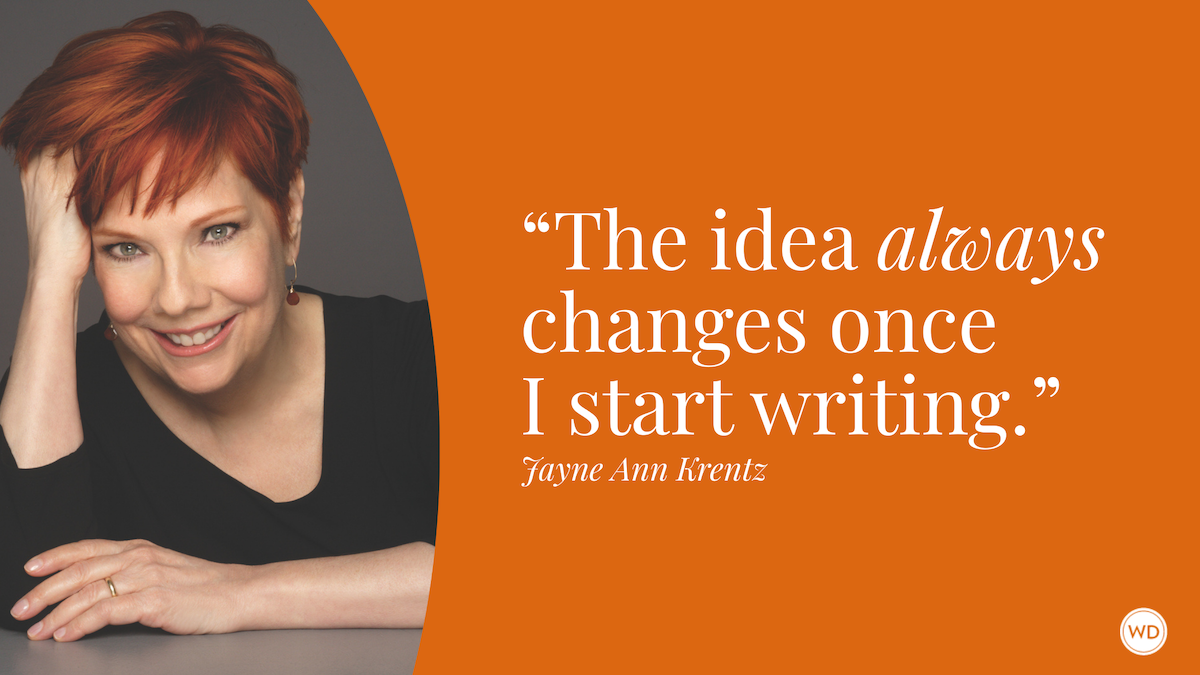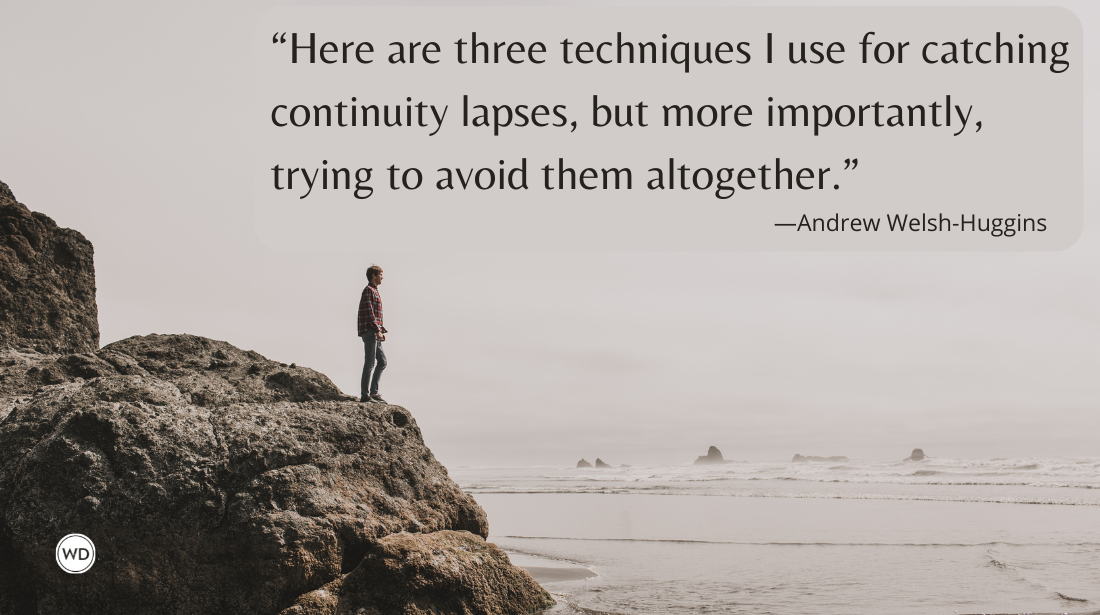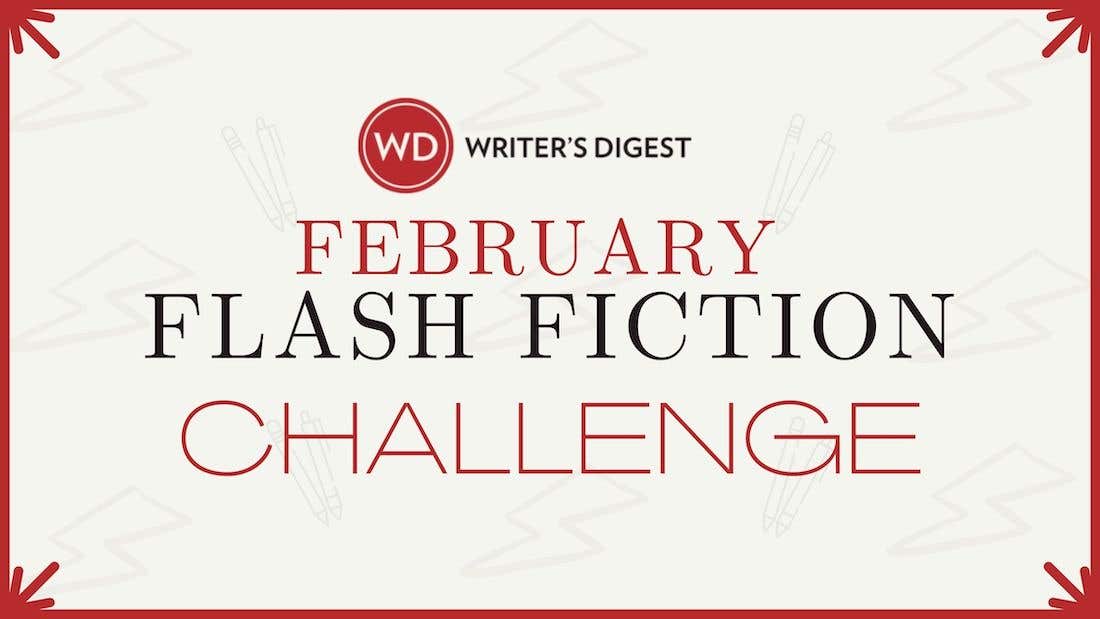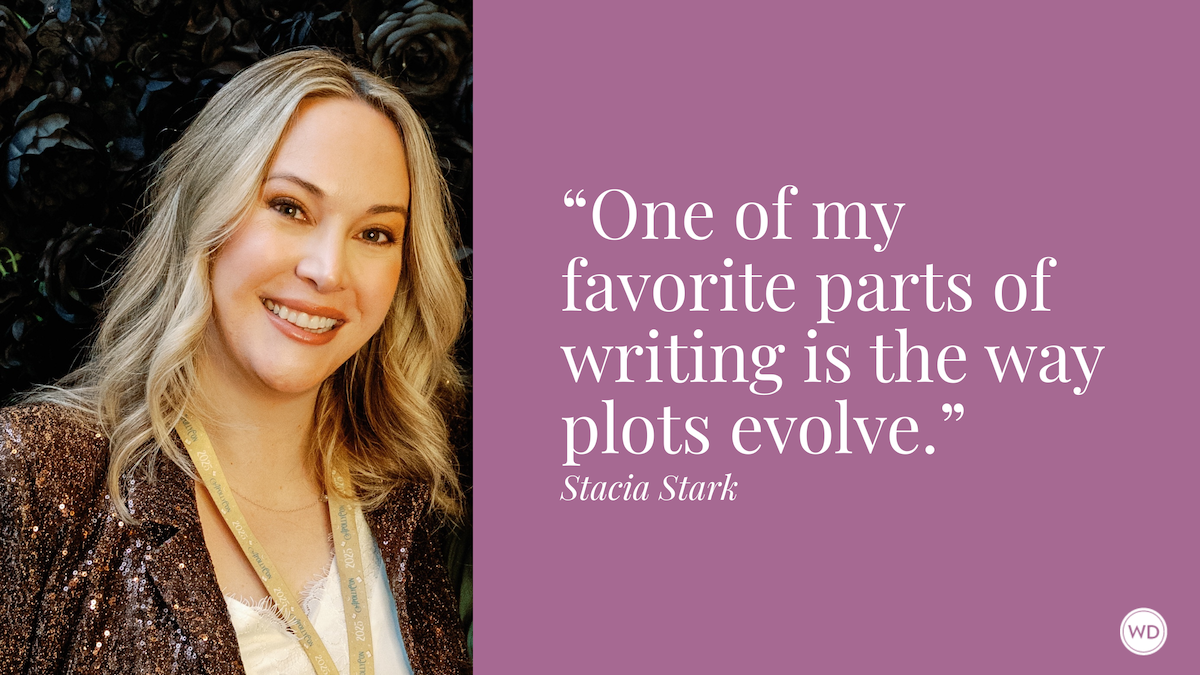9 Tricks to Writing Suspense Fiction
Learn 9 tricks to writing suspense fiction from a master of the genre.
Your heart is slamming against your rib cage, your fingertips are moist and you turn another page. The antagonist is setting up a trap. You wish you could do something to prevent the protagonist from walking into it, but you can’t. You’re helpless, totally at the mercy of the writer. All you can do is turn another page.
If you’ve ever felt this way reading a book, then the writer has done a great job of creating suspense. If you continue to feel this way until the last page, the writer has also done a great job maintaining it. That’s no easy feat, as you’ll discover when trying to write a suspense thriller. But here are some hints to get you started.
Understanding the genre
First, you need to understand how the suspense genre is different from the mystery genre. These two genres are family, but more like cousins than brother and sister. The key difference is perspective. Both genres deal with a crisis event to hook the reader and keep the story going. But the storytelling approach is completely different.
Let’s say the crisis is the assassination of the president of the United States. In a mystery, the president would die in the first chapter, and the rest of the book would focus on the government agents charged with finding the killer and bringing him to justice. In a suspense story, an intercepted communiqué or a bungled weapons drop would take place in the first chapter, alerting the White House of an imminent presidential assassination threat. This time, the government agents would be charged with protecting the president while tracking down the would-be assassin. The story would climax at the point where the assassination attempt is thwarted. In a nutshell, suspense creates drama before the crisis event while mystery starts its thrill ride after the crisis event.
For a good suspense story to work, what’s at stake must be stated at the beginning of the story. Think of Ian Fleming’s James Bond novels. At the beginning of each story, the reader knows who 007 is up against and what deadly plan he has to stop. While a mystery writer plays his cards close to his chest, giving little away to tease the reader, Fleming plays his cards open for all to see. In doing so, he—and any suspense writer—takes a risk. By establishing what’s at stake early, some of the story’s sense of drama can be easily lost because the reader knows important details, such as who, why and when. This is what makes suspense writing a challenge. Playing with an open hand, the suspense writer must create tension by inserting a strong protagonist and developing inventive story developments that avert a certain outcome.
While some might think suspense writing is tough to pull off, it’s worth noting that the genre allows the writer a number of freedoms not afforded to the mystery writer. Suspense writers can employ multiple point-of-view characters. They can present the bad guy and his motivations to give the reader insight into his character. This allows the writer to perfectly pit his antagonist and protagonist against each other. Mystery writers can’t do this. They can write books employing multiple point-of-view characters but never that of the antagonist. They must purposely keep the antagonist’s identity hidden to maintain the mystery.
Nine tricks to try
Suspense is a hard discipline to master, but the following tips will help to ensure a thrilling experience for the reader:
1. Give the reader a lofty viewpoint.
The reader should have foresight. Let the reader see the viewpoints of both the protagonist and the antagonist. By giving the reader a ringside seat to the story’s developments, she gets to see the trouble before the protagonist does. The reader sees the lines of convergence between the protagonist and antagonist and feels the consequences of the perils ahead. Also, this technique allows the writer to place emotional weight on the reader. The tension will build from the reader’s self-imposed fears of knowing that the hero is on a collision course with disaster.
2. Use time constraints.
Another key way to build suspense is through the use of time. The protagonist should be working against the clock, and the clock should be working for the bad guys. In Robert Ludlum and Gayle Lynds’ The Altman Code, Covert One agent Jon Smith has only days to prove the Chinese are sending chemical weapon materials to Iraq. In Greg Iles’ 24 Hours, Will and Karen Jennings have one day to escape their captors to rescue their child from a kidnapper. Every minute you shortchange the protagonist is another notch up on the burner under the reader’s seat.
3. Keep the stakes high.
This doesn’t necessarily mean the story’s hook has to be about global annihilation. But the story must be about a crisis that’s devastating to the protagonist’s world, and the hero must be willing to do anything to prevent it from occurring. Therefore, the story could be about a father trying to rescue his wife and child from an impending flood, or an innocent man who’s framed for murder going on the run to establish his innocence. The crisis has to be important to ensure readers will empathize with the protagonist.
4. Apply pressure.
The protagonist should be working under what seems to be insurmountable odds. All his skills and strengths must be stretched to the breaking point in order to save the day. The hero should bend, but never buckle under the pressure the antagonist applies. There should be only one person left feeling helpless in the story, and that’s the reader.
5. Create dilemmas. Suspense loves a dilemma.
The antagonist needs to be throwing things at the protagonist that present awkward challenges or choices that will test her caliber. The choice must seemingly be a lose-lose situation for the protagonist. This may take the form of choosing to save one person while leaving another to die, picking up a gun after swearing an oath never to do so again or taking that offered drink after years of sobriety.
The antagonist, by his nature, will cross lines without a second’s thought, while fully conscious of his actions. But the protagonist is a different breed—as a hero, he can’t let innocent people die without a fight, or stray from his morals or promises. The great thing about dilemmas is that they need time to be solved, and with the pressure of time constraints, the tension can only build. So test, tease and tempt the protagonist.
6. Complicate matters.
Pile on the problems. Give the protagonist more things to do than he can handle. The hero has to be stretched wafer-thin. If you’ve ever seen one of those old music-hall acts where spinning plates are perched on top of flimsy bamboo poles, and there’s some poor guy running himself ragged trying to keep all the plates from crashing down, well, that’s how it should be for the protagonist. The hero should be that guy trying to keep all those plates spinning, while the antagonist is forever adding another plate to the line. By the end of the book, the protagonist should be just barely preventing everything from crashing to the ground.
Let’s use The Altman Code and 24 Hours as examples again. In The Altman Code, Jon Smith’s problems are further complicated by having to break the president’s father out of a Chinese prison camp. In 24 Hours, Will and Karen Jennings’ daughter is diabetic, and the kidnappers don’t have her insulin. Both these examples add another layer of complication to their respective stories.
7. Be unpredictable.
Nothing in life runs perfectly to plan for anyone. Make nothing straight-forward for the protagonist. The hero shouldn’t be able to rely on anything going right for her, and any step forward should come at a price. The antagonist shouldn’t go unscathed, either.
In Newtonian physics, for every action there’s an equal and opposite reaction. The sheer presence of the protagonist is going to gum up the antagonist’s plans, which means the antagonist is going to have to improvise. Both players will have to be quick-witted to deal with any and all upsets, especially as the story progresses toward its climax. Remember, the protagonist and antagonist don’t have to be the only monkey wrench in each other’s lives. Let outside forces be that, too. These characters might be locked in a do-or-die battle, but the rest of the world isn’t. Friends, neighbors, deliverymen and even public holidays can all be flies in the ointment. And don’t forget Mother Nature herself. A great illustration of this is the opening of Robert Crais’ Demolition Angel, where two bomb disposal experts are trying to defuse a bomb—and an earthquake occurs. Brilliant! Essentially, keep that storyline fluid. The reader might know what the story’s end game is, but this doesn’t mean they should know how it’s going to get there.
8. Create a really good villain.
In a mystery, the villain has to be somewhat transparent because you don’t want the reader to catch on to who she is too quickly. But in a suspense novel, the bad guy is very visible. A great villain isn’t someone who twirls a handlebar mustache and ties damsels to railway tracks. The ultimate antagonists are smart and motivated. They have to be to have created this spectacular hook that’s going to keep readers riveted to their La-Z-Boys for the length of a book. Flesh this person out. Explore the antagonist’s motivations and character. Give the reader reasons why the antagonist is who he is. The reader has to believe in and fear this person. The villain has to be a worthy opponent to our hero. Anything else won’t do.
9. Create a really good hero.
If the book has a great bad guy, then it’s going to need a great hero. This may be key to any story, but the suspense hero has to be someone the reader believes in and cares about. When the hero is in peril, the writer needs for the reader to hope that person will pull through.
Suspense writing is all about creating a pressure cooker with no relief valve. You have to keep turning up the heat using multiple burners. Employ these techniques and your reader will never come off the boil.
*****
Do you want to write an enthralling thriller that your readers can't put down? In Writing Thrillers, a six-week workshop, you will get the tools you need to get your thriller project off the ground or take your current project to the next level. Examine the structural elements that create a successful thriller, learn how to build compelling conflict and suspense into your story, find out what helps a story engage a reader, and much more.
USA Today bestselling author Simon Wood is a transplant from England who now lives in California. He’s a former competitive race-car driver, a licensed pilot, an endurance cyclist, an animal rescuer, and an occasional PI. He shares his world with his wife, Julie; a longhaired dachshund; and a multitude of cats and chickens. He’s the Anthony Award–winning author of Deceptive Practices, Working Stiffs, Accidents Waiting to Happen, the Aidy Westlake series, and The One That Got Away, which has been optioned for film. Saving Grace is his second novel in the Fleetwood and Sheils series, following Paying the Piper. He also writes horror under the pen name Simon Janus. Curious people can learn more at www.simonwood.net.









